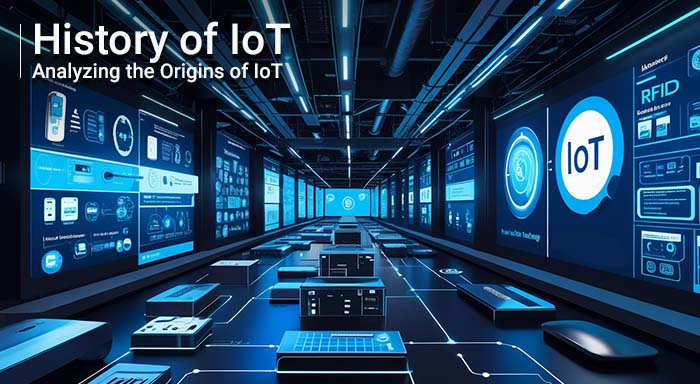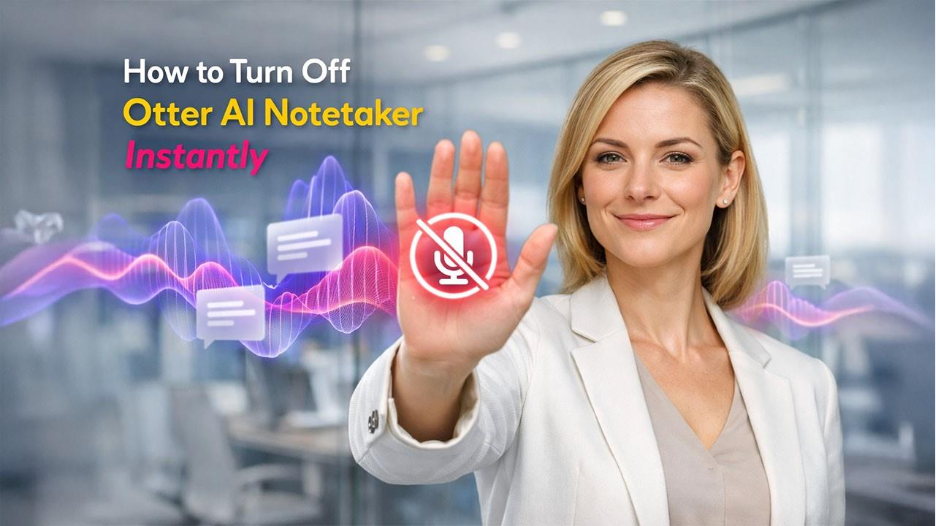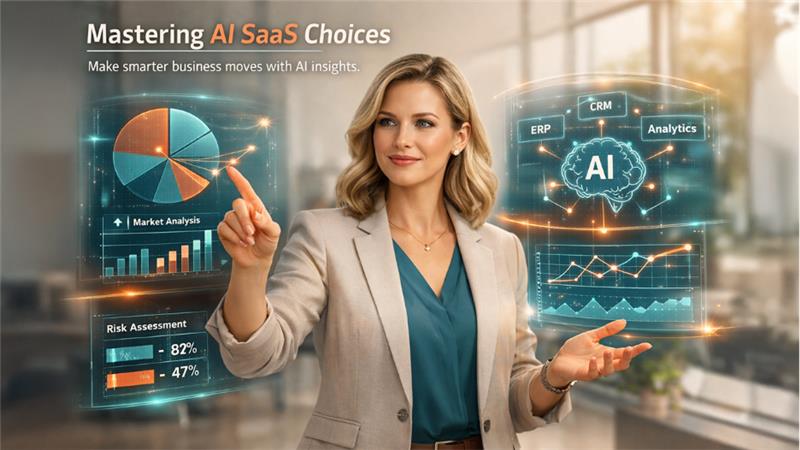IoT has emerged as the main engine that governs the operation of our world. From optimizing home automation, streamlining agriculture, and realizing smart cities, to simplifying healthcare systems, the application of IoT is almost everywhere. There are already billions of connected devices in industries, offices, hospitals, streets, homes, etc. Such devices are only expected to increase with a growth rate of 13%. Studies suggest that there will be at least 32.1 billion IoT-connected devices by the end of this decade.
Considering the rising popularity of IoT devices across various industries, dissecting its history is worthwhile. So, in this blog, we will focus on the history of IoT and understand its origins.
Internet of Things- Definition
Internet of Things IoT is one of the fastest-growing technologies that connects a broad range of devices across numerous application areas to streamline data collection, sharing, and analysis. IoT helps industries enforce a smart environment where automation simplifies tasks and data collection yields smarter decision-making.
History of IoT
Before there was any such term called IoT, some university students at Carnegie Mellon University modified a Coca-Cola vending machine. David Nichols (now a prominent Microsoft employee) utilized an ARPANET connection to determine the real-time status of the machine even if they are some distance away from the machine.
Actually, the need for establishing such a connection stemmed from the fact that David Nichols’ office was about 4-5 minutes away from the machine. He had to always take a walk to purchase the drink and he needed a system to make sure that the machine was not empty so that his time and effort were not wasted. It demonstrated the core advantage of such an advanced connectivity which would later be termed as IoT: saving time and effort.
Subsequent Development in IoT
The term Internet of Things (IoT) did not arrive in the mainstream until 1999. He proposed the term and also suggested embedding RFID chips on products to monitor them thoroughly. Reportedly, he utilized the term “Internet” in his proposal to gain the attention of the executives and it not only worked but the word stuck with the technology since then.
From the early 2000s onwards, public interest in the technology began to increase at a rapid pace as several IoT-connected devices emerged in the market. LG introduced the first-ever smart refrigerator in the 2000s and then came Apple’s iPhone which sort of acted as a catalyst for the explosion of IoT devices in the market.
In 2009, Google also started working on its driverless car project which later became Waymo LLC. In 2011, Google also revealed its intelligent product Nest Thermostat. The explosion of IoT products transformed the industry and improved the level of automation, efficiency, and security across the industry.
History of IoT: A Brief History
The IoT’s history is long and extremely complex and can be dated to the initial days of IoT. To know the major aspects that shaped the IoT technology we see today and the major milestones over the decades, let us explore this timeline:
1970s: Many would agree that the core aspect of any IoT technology is a wireless connection. In the 1970s, the first wireless connectivity was developed and it formed the basis of the IoT technology we know today.
1980s: This decade marked the launch of the first-ever cellular networks and IoT sensors. It opened up interesting possibilities for the creation of smart mobile devices and real-time data transmission.
1990s: This is the time when the first IoT-connected devices started to appear. It includes initial versions of intelligent home systems and wearable devices.
2000s: This is the time when the number of IoT devices and wireless connections proliferated in the market, which positively influenced the popularity and adoption of connected devices. More industries like healthcare and manufacturing began to be more open toward the use of IoT devices.
2010s: In this decade, the world saw IoT dominating the consumer industry for the first time. IoT-based products like Amazon Echo and Nest Thermostats became household items. Multiple businesses also started to utilize IoT technologies to enhance their operational efficiency and get key insights into their processes.
2020s: The IoT industry is achieving widespread adoption and advancement with new networks like 5G networks and interesting possibilities of integration with other technologies like CRM dominating the industry.
Risks Associated with IoT Technology
Though the concept and history of IoT suggest its indispensability, there are also a few risks associated with it:
- Cybersecurity issues
- Unauthorized surveillance and privacy violations
- Security breaches
- Physical Tampering of IoT devices
- Inadequate updates
- Unemployment
- Physical and mental problems caused by increased reliance on smart technologies
Solution: Over the years, there has been increased scrutiny over the IoT risks with researchers looking for various methods to mitigate it. The World Economic Forum’s report called The State of Connected World stated the need for bridging governance gaps between IoT risks and efforts made by societies. The report stated that the technology can be utilized to its maximum potential while societies can minimize risks and ensure protection through industry standards, laws, and self-governance approaches.
Future of IoT: Laying the Foundation for a More Connected World
IoT has already changed the way we communicate, connect, work, and even think. And, if the history of IoT is any evidence, the technology has not yet reached its peak. It will continue to revolutionize industries, homes, and offices. In the coming decades, the number of IoT devices is expected to reach well close to 50 million.
More IoT devices simply means more data and insights, which can lead to faster and more efficient decision-making and a smarter urban environment. This IoT data can be used for a variety of purposes ranging from saving lives, and regulating traffic, to preventing crimes



